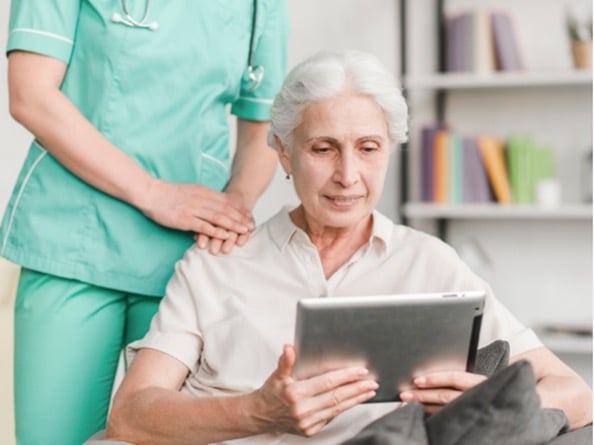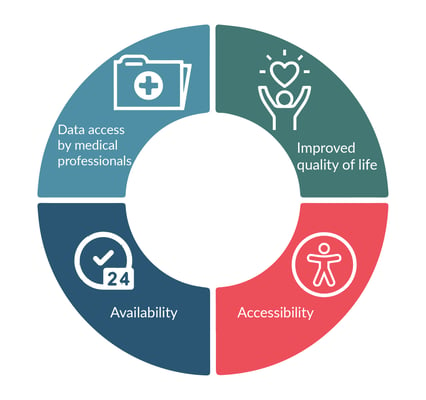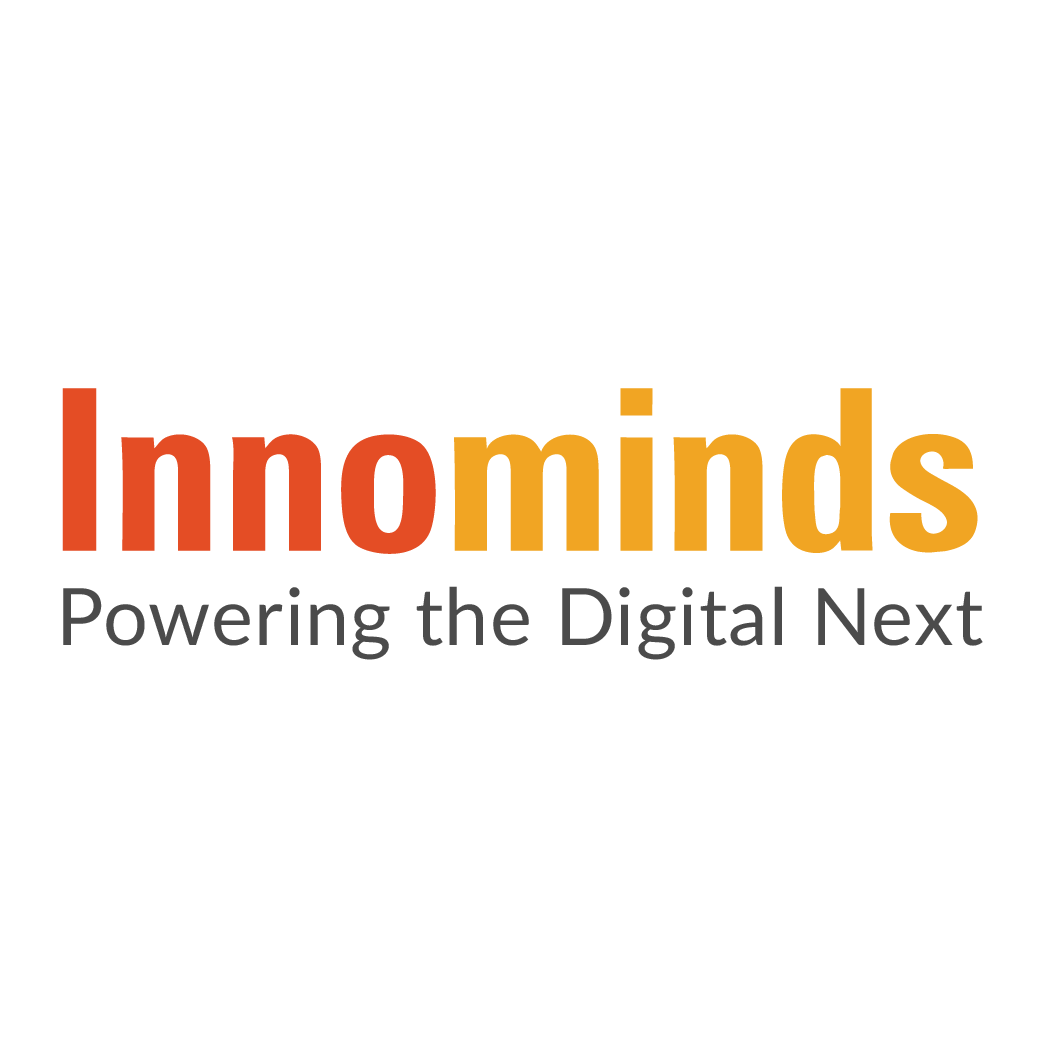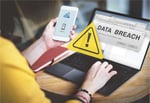
Medical advancements in public health has proven beneficial to medical field practitioners and experts, and have also become a boon to millions of people, worldwide. However, technology-powered medical advancements are yet to be used by the common man to its full extent.
With a demographically higher proportion of the aged in most developed countries, there is a strong need to use technology to cope with the growing healthcare needs of the elderly. It is essential to develop affordable, manageable, minimally invasive and easy-to-use healthcare solutions. For instance, a health monitoring system in the form of wearables having medical sensors, providing a personalized patient experience for the elderly, and other remote monitoring technologies, can provide continuous and remote monitoring of patient well-being. These systems detect anomalies and trigger alerts, enabling the caregivers to give timely attention.
In this way, the health monitoring systems allows the patients to remain in the comfort of their homes instead of taking limited and expensive care that healthcare facilities provide. The healthcare personnel can thus keep track of the overall health of the patient in real time. Additionally, they should be able to provide feedback and support from distant facilities.
What is Remote Patient Monitoring?
Remote Patient Monitoring (RPM) or telehealth is a type of ambulatory healthcare system which enables patients and doctors to use IoT connected portable medical devices. These devices track vital information and analyse data in real-time to provide an effective healthcare service in a timely manner.
The most common and expensive health issue we are faced with are chronic diseases in the elderly. For example, the elderly are the most at risk in the case of cardiovascular diseases. According to the World Health Organisation cardiovascular diseases are currently responsible for most deaths around the world. However, with telehealth technology solutions such diseases can be prevented or controlled effectively through appropriate management; hence, allowing people to lead healthy and quality lives.
Some of the constraints faced during long-term monitoring and management of health of elderly patients includes limited budget, shortage of skilled healthcare personnel, and increasing healthcare costs. Therefore, a health monitoring system personalized for patient care and that is cost-effective and easily manageable is the order of the day. These monitoring systems are unobtrusive, affordable and holistic alternative for effective healthcare management and monitoring for the needy.
E-Health and M-Health
E-Health System comes as a revolution in digitalization of healthcare. With it, we can access information and communication technologies for automated healthcare tasks which, in turn provides services like e-supply, e-records and e-prescriptions. Take, for instance, Electronic Medical Records [EMRs] or Electronic Health Records [EHRs]. They provide and store a detailed information about the medical history of patients. The easy access to such data and is instrumental in the decision-making process related to that patient’s healthcare.
Modern information and communication technologies allow for continuous monitoring and recording of physiological parameters/signals which can be stored in a central secured database. Subsequently, these records are made available to the authorized personnel such as Emergency Medical Services (EMS) and doctors when required. A robust and fully managed E-Health system can pave the way for an efficient and ubiquitous healthcare service at a lower cost and with fewer errors.
Benefits of Remote Patient Monitoring
Automated routine health tests and access to real time data
The biggest advantage of remote patient monitoring is that it will help patients to get routine health tests through mobile devices and wearables. The test results can be sent to the doctors in real-time so that the patient is not left behind in the health check-ups. This arrangement is of utmost importance for patients who are suffering from long-term illness and cannot communicate regularly with healthcare professionals.

Improved quality of life for the patients
Remote patient monitoring (RPM) solution goes a long way in disease management. It can also improve a person’s quality of life. With the help of remote patient monitoring, patients can spend more time at home without being worried about getting routine health care measures at a clinic. Moreover, patients can seek immediate medical assistance, in case there is an unexpected hike or a dangerous dip in their regular measurements. Emergency help can also be made available through the alerts to caregivers.
Healthcare is accessible and available
As many people aren’t able to access health clinics or cannot afford visiting a doctor, remote patient monitoring is a great way for doctors to reach out to potential patients. This is one of the ways how medical establishments can gain more visitors without overcrowding facilities.
What lies ahead
According to Berg Insights, remote patient monitoring is expected to grow at a compound annual growth rate of 48.9% through 2020, reaching an estimated 36.1 million patients. However, the lack of options and infrastructure limitations are forcing hospitals to delay its adoption. Availability of advanced Telehealth monitoring devices depends largely on their location and remote access capabilities.
The silver lining is that in the future, the popularity of consumer health devices will increase and that patients will be willing to share personal medical information. In which case, there will be a continual growth of remote monitoring in clinical settings.
Innominds’ Solution to the Need for Personalized Patient Experience
Innominds has developed a monitoring system using IoT Gateways to build a non-contact, non-invasive and low-cost way to monitor senior citizens in real time. These systems provide timely alerts to the caregivers if there is any abnormal activity in the patient measurements. Innominds also developed an ‘Aging in Place’ platform which facilitates monitoring of the premises of the area where the patient resides through a set of sensors and gateways. Some of the important features of the solution include:
- Aoetec Z-sticks used as Open Z wave dongles that are configured on Linux based machine as a gateway
- Monitoring of living patterns to create and track normal activity pattern
- Monitoring of health based on predefined rules. Detection of anomalies and generating specific alerts
- Sending notifications to enable the caregiver to set specified rules which will make the system send alerts and reminders when these rules are triggered.
Impact
- Increased efficiency in remote monitoring of senior citizens staying at home
- Caregivers can set rules and receive regular monitoring alerts on their phones
- Non-intrusive and non-invasive solutions that do not stigmatize senior citizens




